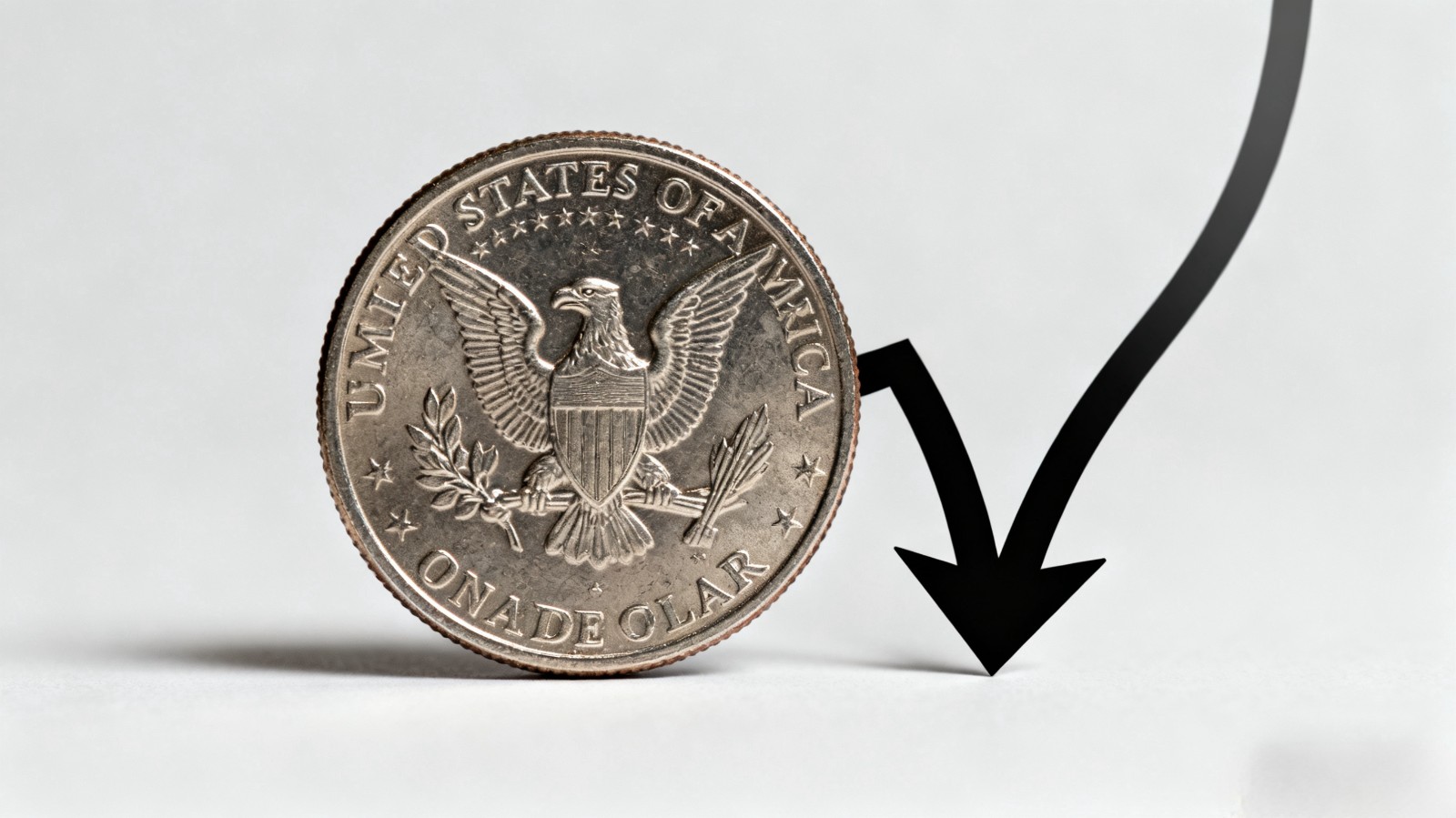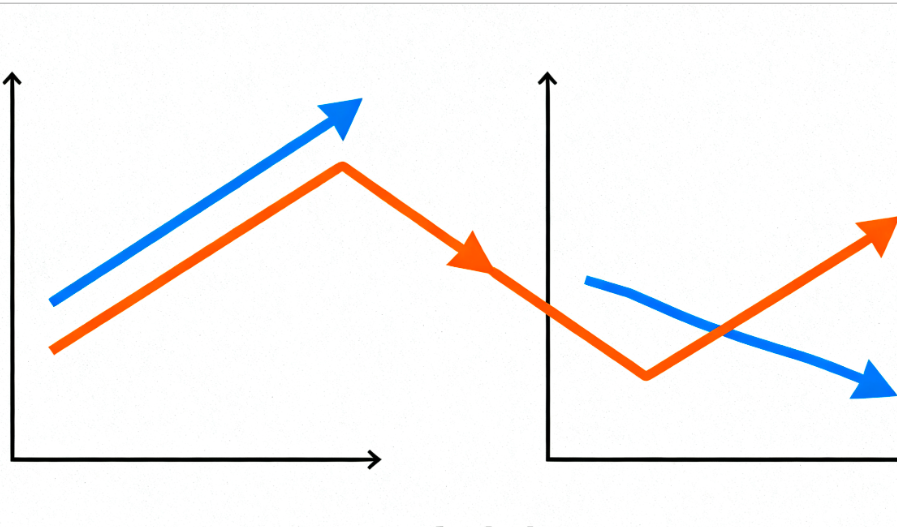
Recently, S&P Dow Jones Indices, a part of S&P Global, officially launched the world's first benchmark index that simultaneously tracks the comprehensive performance of digital assets and blockchain-related stocks—the S&P Digital Markets 50 Index (hereinafter referred to as "DM50"). It is reported that this index adopts a composite compilation logic of "digital assets + listed company stocks," specifically covering 15 leading cryptocurrencies and 35 stocks of listed companies related to the blockchain ecosystem. Furthermore, it sets clear market capitalization thresholds for the constituents: cryptocurrencies must have a market cap exceeding $30 billion, and listed company stocks must have a market cap exceeding $10 billion.
In the author's view, this compilation method, which includes blockchain-related listed companies in the index sample and applies strict market capitalization screening, possesses dual core value: On one hand, leveraging the mature compliance operational framework of listed companies can effectively lower the investment threshold for ordinary investors to participate in the digital asset-related field, while also guiding funds to flow orderly into targets with a compliance foundation and development potential, avoiding blind speculation. On the other hand, by incorporating the fundamentals of listed companies into the index consideration dimension, it forces the market to shift from "concept speculation" to "value focus," thereby establishing a new value evaluation standard for the digital asset industry that places greater emphasis on practical value creation capability and better aligns with the needs of long-term healthy development.
Precisely because of this, the launch of DM50 is regarded as a significant breakthrough in promoting the standardization and benchmarking development of the digital asset industry. From the perspective of the global digital asset market landscape, China, as an important participant in blockchain technology innovation and digital economy development, has accumulated a solid foundation in areas such as digital renminbi R&D and blockchain industry application. The logic represented by DM50—"standardized pricing," "compliance guidance," and "value focus"—also holds non-negligible reference significance for China in exploring standardized development paths in the digital asset field and connecting with global market rules.
First, from the perspective of local benchmarking, the compilation logic of DM50—"compliance framework + market cap screening + value orientation"—provides an important reference for China in constructing its own digital asset-related indices. Currently, China has formed significant advantages in areas like blockchain technology application and digital renminbi R&D, but the digital asset field still lacks unified, authoritative benchmark tools. The experience of DM50 can help China, while considering regulatory requirements, explore the establishment of an evaluation system for digital assets and blockchain-related enterprises suited to the local market, promoting the industry's transition from "disorderly exploration" to "standardized development," and guiding capital towards enterprises truly possessing technological innovation and value creation capabilities.
Second, analyzing from the dimension of industrial adaptation, DM50's compilation approach of linking digital assets with listed company stocks highly aligns with China's development direction of deeply integrating the digital economy with the real economy. China's blockchain industry is transitioning from technological R&D to industrial application, covering supply chain finance, smart manufacturing, government services, and other fields. By incorporating listed company fundamentals into consideration, DM50 forces the market to focus on corporate value. This logic can inspire China, in promoting the development of the blockchain industry, to pay more attention to the practical benefits of technology implementation, avoid the tendency of "emphasizing concepts over application," and enable digital technology to truly serve industrial upgrading and high-quality economic development.
Third, in the dimension of open connectivity, DM50, as the world's first cross-category digital asset benchmark, provides a reference for China's digital asset field to connect with the international market. As China continues to expand financial openness, international exchange and cooperation in the digital asset field will become an inevitable trend. The "standardized pricing" logic represented by DM50 can help China better understand international market rules and evaluation systems when participating in global digital asset governance in the future. Simultaneously, it also provides a referable value assessment paradigm for high-quality local Chinese blockchain enterprises to enter the international market and attract global capital, helping China secure a more favorable position in global digital economy competition.
It is important to note that the current domestic regulatory attitude towards digital assets is relatively cautious. This is both a necessary measure to prevent financial risks and maintain market order, and an important consideration for guiding the healthy development of the industry. When drawing lessons from DM50's experience, we must not blindly copy it. Instead, we need to consistently base our efforts on the domestic financial regulatory framework and the reality of industrial development, performing the screening work of "separating the genuine from the false." Only by rationally referencing and applying precise efforts under the premise of compliant regulation can digital assets and blockchain technology truly become powerful supports for promoting the development of China's digital economy.
















